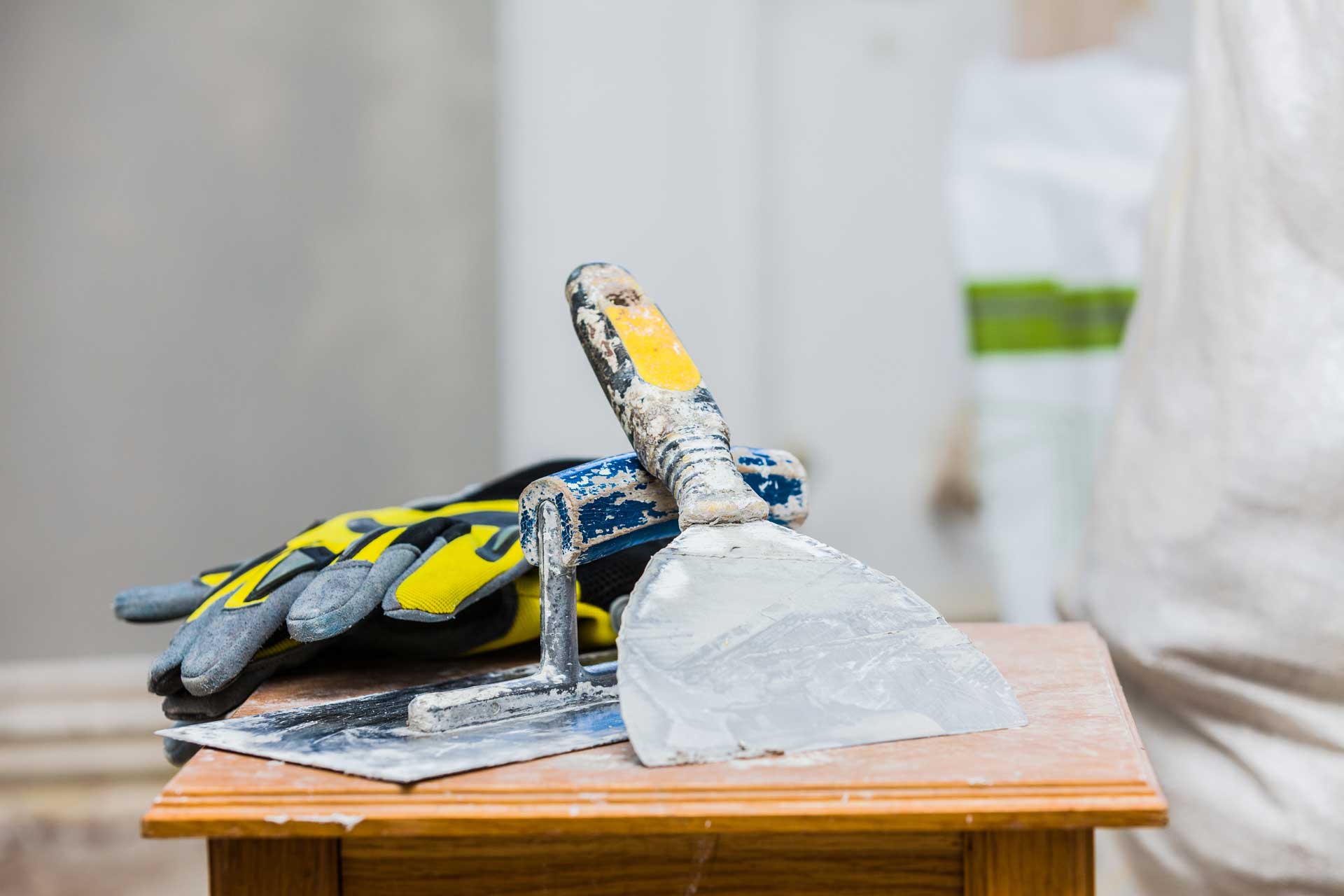Yes, Deicers Harm Your Masonry
Deicing salt is a great item to have on hand. When winter freezes come, you can make your steps and walkways safe to walk on by tossing out a scoop of salt that will help the ice melt. But if you have grouted, masonry steps or pathways, you might want to think twice before you toss these chemicals out. Deicers can harm masonry over time.
What’s in Deicing Salt?
Most deicers contain one or more of the following elements.
- Sodium chloride (NaCl, also known as table salt).
- Magnesium chloride (MgCl. 2).
- Calcium chloride (CaCl. 2).
- Potassium chloride (KCl).
What is Chloride?
Chloride is a corrosive chemical. In addition to harming masonry, it has been shown to have destructive effects on concrete, vegetation, water supplies, and metals. Of the four most common deicing chemicals, magnesium chloride is the mildest form.
The New York Landmarks Conservancy warns that while deicing chemicals may be convenient, “They should be used with caution since they can potentially damage masonry surfaces, degrade mortar joints and harm surrounding vegetation.”
How Does Deicing Harm Masonry?
The compounds in deicer are strong chemicals. They’re able to break down the ice by dissolving the molecules that hold ice together. Repeatedly applying them to masonry structures has a slow but steady effect that can result in several dangerous conditions.
Subflorescence. This is the buildup of salts under the surface of the masonry. Over time, this buildup will continue to grow, weakening the interior structure of the stone.
Efflorescence. A buildup of salt on the outer layer of stone, efflorescence happens when levels of salt are seeping out from the lower layers. Over time, the salt will continue to build up. During the freeze and thaw cycle, the built-up salt contributes to cracking and spalling. Spalling is a serious condition that requires professional repair.
Salt fretting. Over time, the use of deicers causes a condition called salt fretting. This is seen as steady flaking of the masonry, layer by layer until over time it starts to crumble. Salt fretting is the last step in the deterioration of masonry. Salt fretting can also affect the flashings, railways and other metal components of a masonry structure.
Other Dangers of Deicers
Deicing salts are dangerous to your indoor areas, too. Salt and chlorides tracked into your house can scratch your floors and furniture finishes. They can degrade wax and leave a thick film that’s difficult to remove.
Deicer can cause irritation to your pets and children. Check your pets’ paws before they come into the house after playing outside.
To minimize the damage done to your home by chloride and salt, use the following tips.
- Remove shoes before entering your house if you’ve walked on de-icer.
- Sweep tracked-in salt immediately after entering the house.
- Check your pets’ paws for deicer and rinse it off.
What You Should Do Instead
- Start with a shovel to remove as much snow and ice as you possibly can.
- Use sand to add traction and reduce slipping.
- If you have to use a deicer in an emergency, use magnesium chloride only.
- After using a deicer, sweep your masonry thoroughly.
- In the spring, wash steps and walkways carefully. Water the vegetation near your masonry to dilute any chemical residue.
- A new deicer called calcium magnesium acetate (CMA) has proven far less damaging on concrete, terrazzo and masonry structures than chloride deicers. CMA is also gentle on plants and the environment.
Call Capital Masonry
If you’re concerned about damage to your masonry by deicers or any other chemical elements, call the experts at Capital Masonry.
We can diagnose your stone structure’s problems, recommend repairs and show you how to prevent future problems.
Stone, tile, brick, flagstone and terrazzo masonry are built to last a lifetime. With our help, you can have long-lasting masonry that stays strong and beautiful.
